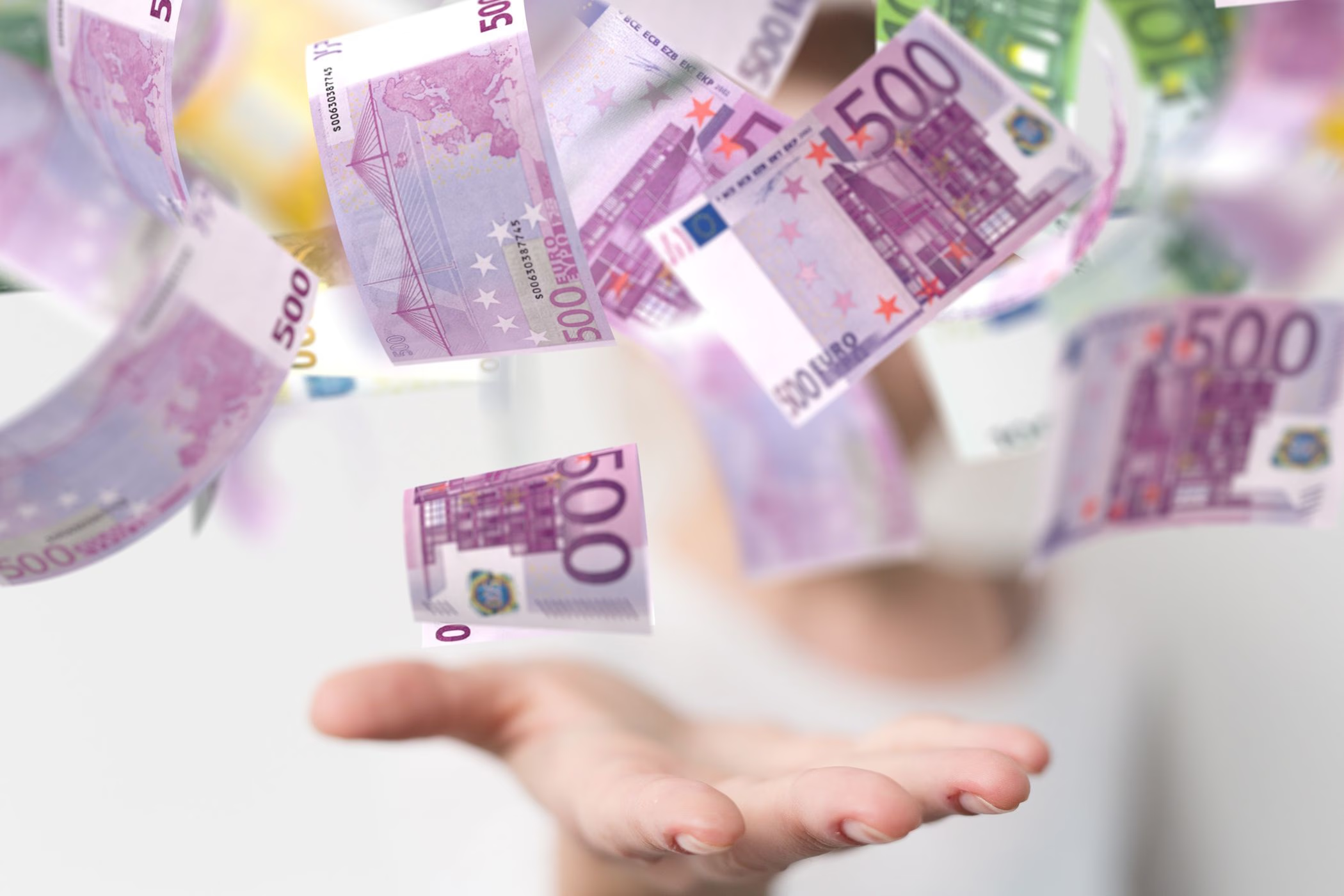
Reading time: 8 minutes
An analysis by influData shows that companies from Germany, Austria, and Switzerland wasted €9.1 million on unsuitable advertising ambassadors last year
The Essentials at a Glance
Between September 2024 and August 2025, companies in Germany, Austria, and Switzerland created a combined total 23,442 pieces of content on Instagram (Posts, Reels, Stories) with questionable influencers, whose audience consists of at least 50% fake profiles, bots, or otherwise questionable accounts. These content pieces are highly unlikely to be seen and are therefore considered ineffective, which results in money essentially being wasted. Companies such as Porsche, ESN, Breuninger, dm Drogeriemarkt, Zalando, Weber Grill, and Rossmann lost an EMV of 9.1 million Euros with these cooperations.
Between September 2024 and August 2025, companies in Germany, Austria, and Switzerland created a combined total of over 280,791 pieces of content on Instagram (posts, reels, and stories) in collaboration with influencers.
This generated a remarkable earned media value (EMV) of around €414 million. Earned media value is the free visibility or presence that a brand receives through user-generated content, i.e., content that is not its own, mentions, links, reviews, or engagement such as likes, shares, and comments from others.
Influencer collaborations therefore seem to be not only adopted by companies as a form of advertising, but also used to a large extent. This shows that influencer marketing is no longer just a niche activity, but has established itself alongside other traditional forms of advertising.
However, such cooperation becomes problematic if the influencers are not properly researched before being selected. During the period under review, 5,498 brands collaborated with influencers whose audience consisted of at least 50% fake profiles, bots, or other questionable accounts. The result of such collaborations is content that is not seen or interacted with. In other words, such collaborations are worthless and a pure waste of money.
Among the brands that collaborated with such influencers were renowned names such as Porsche, ESN, Breuninger, dm Drogeriemarkt, Zalando, Weber Grill, and Rossmann.
In total, 23,442 pieces of content were created and an EMV of 9.1 million Euros was essentially wasted.
The frontrunner in collaborations with influencers who have a questionable audience is Porsche*, with a wasted EMV of €1.75 million. Shein Germany holds the top position in terms of the number of content pieces published in cooperation with such influencers, with 1,491.
Sorted by number of content pieces:

Sorted by EMV:

*Porsche and Porsche Deutschland (Porsche Germany) are two separate accounts and are therefore evaluated individually by us. Eventual similarities in the figures are purely coincidental, as the two accounts worked with different creators for the most part.
Since collaborations with creators who have such a poor audience are both a waste of time and money, the question arises as to why companies still work with them.
On the one hand, it seems likely that no precise audience analysis was carried out during the research and screening of the brand ambassadors. A tool such as influData uses pie charts in its audience reports to show what proportion of the total follower base consists of mass followers (i.e., bots, fake profiles, etc.) and what proportion consists of real people — and thus the net target group. This takes just a few seconds and can be seen at one glance. So there's no excuse for not taking a quick look to check how much of the total audience is real and how much isn't. In addition, many brands are still tempted by the sheer number of followers. They forget that a large audience is not in itself an indicator of a campaign's success. An audience that is not engaged, i.e., only marginally perceives content pieces, or, as in this case, does not even consist of real people, is worthless. Regardless of whether the goal of a campaign is a sale or increased awareness, metrics such as engagement (likes, comments, or shares) or engagement rate (engagement divided by followers), viewing times for videos, or a “real” or “genuine” target group are far more important!
The bottom line is that you need to take a close look at your advertising ambassadors. It is crucial to carefully consider who you entrust with the budget for promoting your product. The success of a social media campaign depends largely on carefully examining the composition of an influencer's audience before entering into a partnership with them. influData enables you to search for, analyze, and monitor influencers in a targeted manner. This allows you to find out which ambassadors are best suited to your brand—whether on Instagram, TikTok, YouTube, Twitch, Facebook, or Snapchat — and avoid spending money on profiles with purchased followers or without a relevant target audience.
Data source: influData